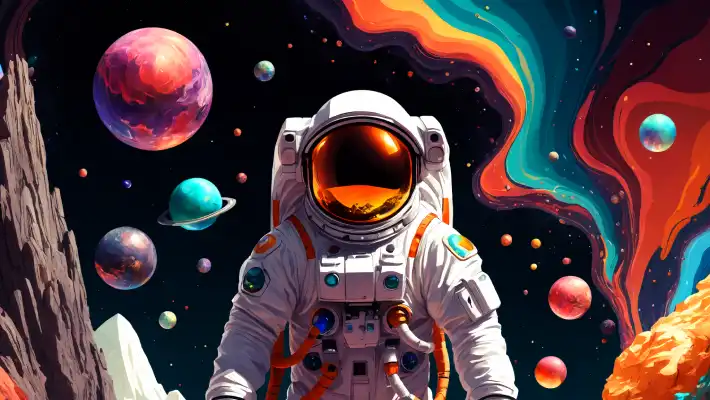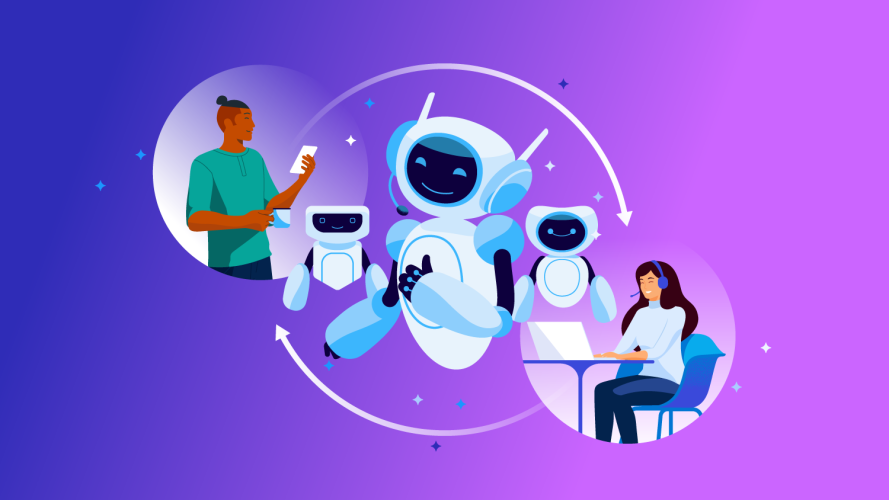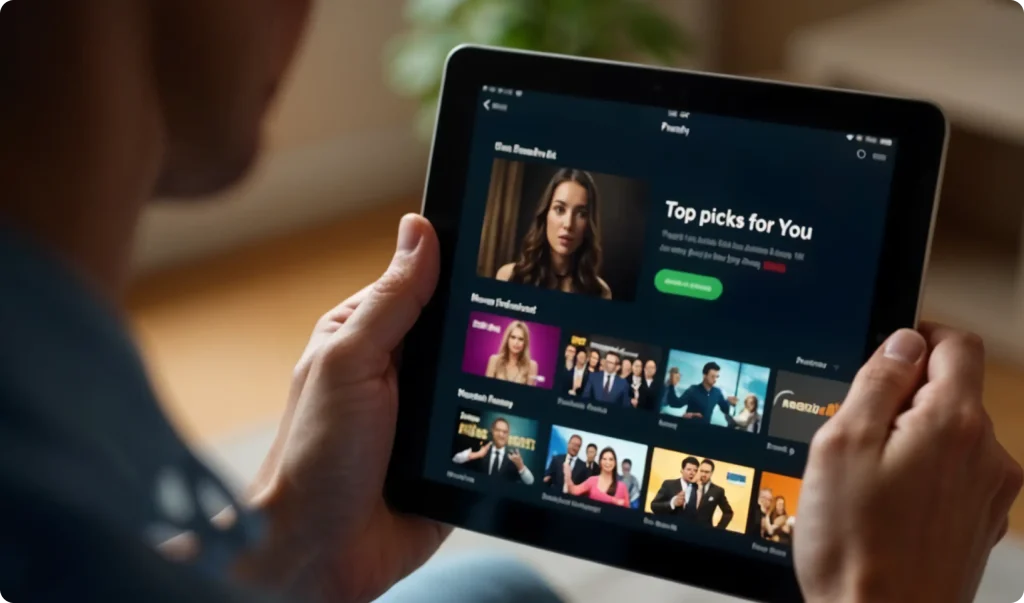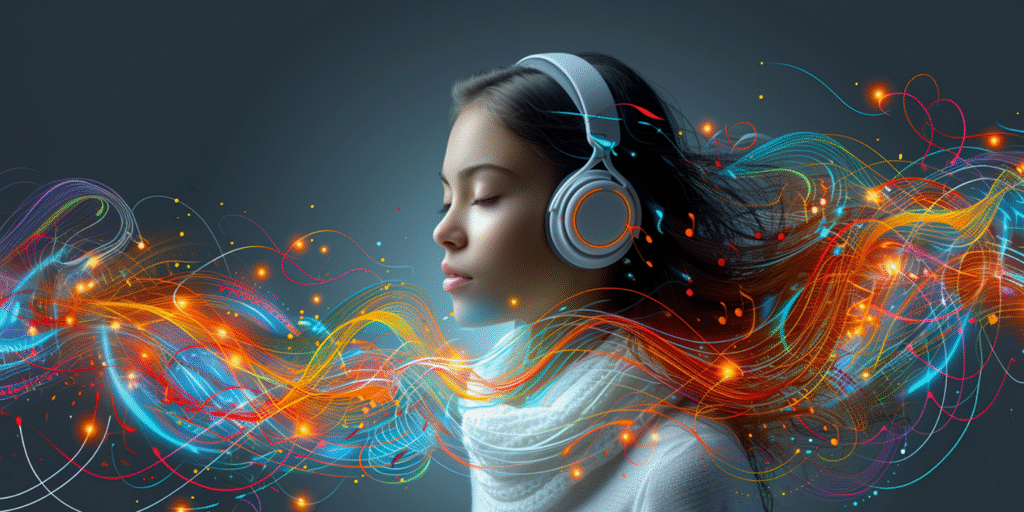The Rise of AI-Generated Music Playlists and Their Influence on Human Creativity
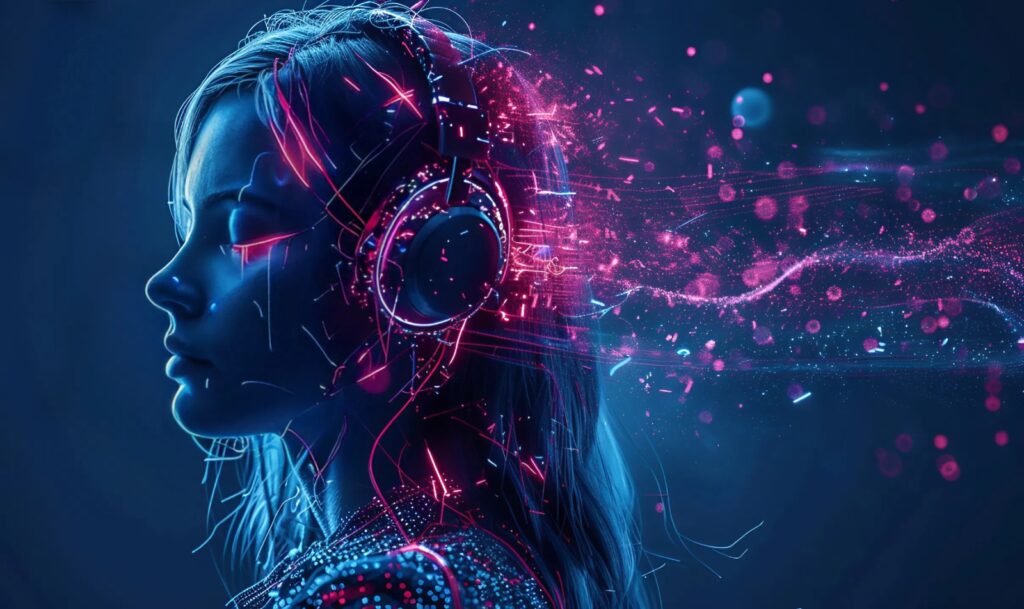
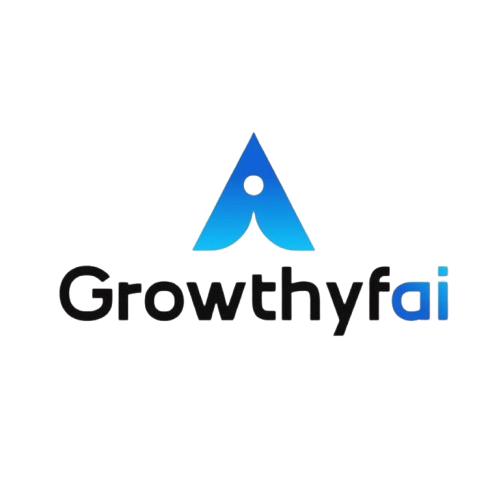
Artificial Intelligence (AI) has woven its way into every fabric of our lives, and nowhere is this more noticeable than in the realm of music. As AI-generated music playlists become increasingly popular, they are leaving an indelible mark not only on how we experience music but also on human creativity. This new intersection of technology and art prompts important questions about innovation, individuality, and the future of musical expression.
AI’s Impact on Music Curation
For years, music lovers curated their playlists based on personal preference, mood, or occasion. With the advent of AI, that process has become seamlessly automated, creating smart playlists that appeal to the listener’s unique tastes. Algorithms analyze listening habits, favorite artists, and genres to generate playlists that are not only personalized but consistently updated to adapt to evolving tastes.
AI-driven music platforms such as Spotify, Apple Music, and Pandora use machine learning to make music recommendations. Their algorithms examine enormous databases of music, breaking down songs into complex data points including tempo, key, instrumentation, and vocal style. These platforms then generate playlists that are custom-tailored to the listener, offering a breadth of music that might otherwise remain undiscovered.
The Creative Influence of AI-Generated Playlists
While AI-generated playlists provide convenience and variety, they also exert a profound influence on human creativity. Musicians can discover new inspirations through exposure to a wider array of musical styles and genres. This exposure often leads to cross-genre experimentation and the blending of musical traditions, giving rise to new sounds and creative breakthroughs.
For instance, artists like Billie Eilish and Jacob Collier have spoken about discovering inspiration through the vast ocean of music available digitally via AI-curated playlists. By following the trails of these digital breadcrumbs, musicians can unearth obscure tracks that challenge their creativity, nudging them toward innovation.
Moreover, AI-generated playlists can help in breaking creative blocks. Being exposed to a diverse musical tapestry may ignite fresh ideas and spark creativity when traditional sources of inspiration may feel exhausted.
Enhancing User Experiences through Personalization
AI extends beyond mere automation, crafting a deeper connection between listeners and their music. The ability of AI to predict and adapt to listener preferences leads to an enriched user experience. For instance, Spotify’s “Discover Weekly” playlist adapts to its users over time, evolving as their musical interests shift. This creates a dynamic interaction between user and AI, defining a partnership where listeners can explore new music with the gentle guidance of an intelligent curator.
This personalized approach not only keeps music lovers engaged but also introduces them to artists they might never have encountered otherwise. This discovery potential reinvigorates artists’ careers and offers a broader platform for new talents who might not have the marketing power of established names.
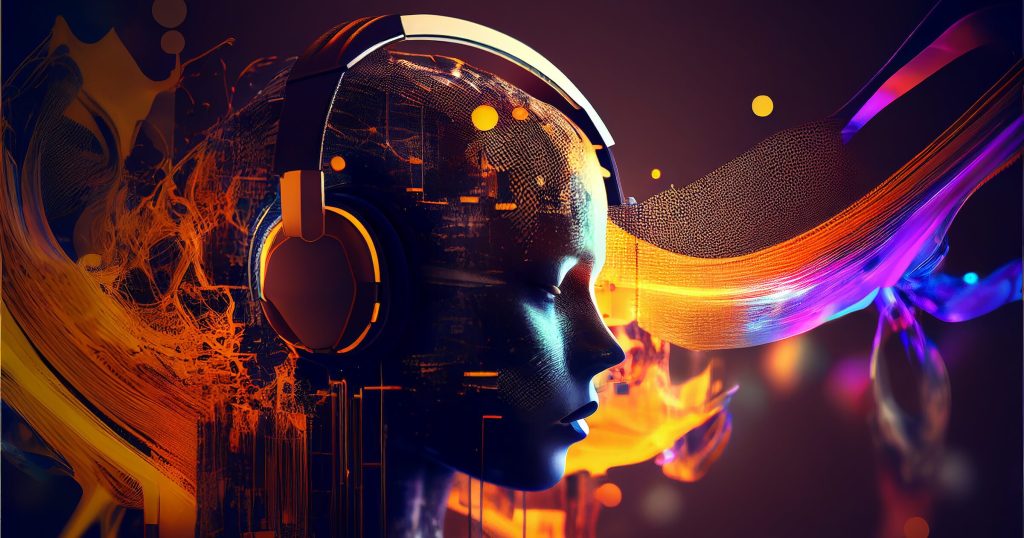
Addressing the Concerns of Authenticity and Uniqueness
Despite these advancements, the rise of AI in music curation raises questions about authenticity and the human element in music. There is a growing concern that AI’s method of ‘playlisting’ may homogenize music tastes, leading listeners to prefer only the most popular or algorithm-friendly tracks, potentially stifling the unique and unconventional.
Critics argue that overreliance on algorithmic recommendations could narrow the diversity of music consumed. By focusing too heavily on curated playlists, listeners may remain in their musical bubbles, less inclined to explore genres outside their algorithm-driven comfort zone. Herein lies a paradox: while AI can expose listeners to a vast spectrum of music, the responsibility remains with the user to push beyond algorithm-suggested tracks.
Musicians, too, face the challenge of creating music that fits neatly within algorithmic categorizations to ensure their work gets noticed—a pressure that may limit experimentation and the raw creativity that typically fuels artistic progress.
Examples of AI-Generated Playlists and Innovation
At the forefront of AI-generated music playlists is Spotify’s “Release Radar,” an innovation that compiles newly released tracks from preferred artists into a weekly update for users. Meanwhile, YouTube Music offers “Your Mix,” an ever-changing playlist that mixes favorite tracks with new discoveries, offering listeners the thrill of the familiar alongside the excitement of the new.
Some artists and producers are embracing AI tools in music creation as well. Tools like Amper Music and AIVA (Artificial Intelligence Virtual Artist) enable musicians to generate compositional ideas or create full soundtracks. These AI tools serve less as replacements and more as collaborators offering fresh perspectives and sonic possibilities.
Conclusion
The rise of AI-generated music playlists marks a significant turning point in how we engage with music and how it influences human creativity. Through intelligent automation, listeners enjoy unprecedented access to a global library of sound—a tool that unimaginably broadens the potential for discovery and creative expression.
However, while AI has the power to shape our musical landscape, it remains imperative that human agency guides this transformation. By striking a balance between algorithmic guidance and personal exploration, the potential for innovation remains limitless. As AI continues to evolve and integrate more deeply into our creative processes, it is vital to remember that at the heart of music creation and listening lies the unique human experience, an element that no machine can replicate.


